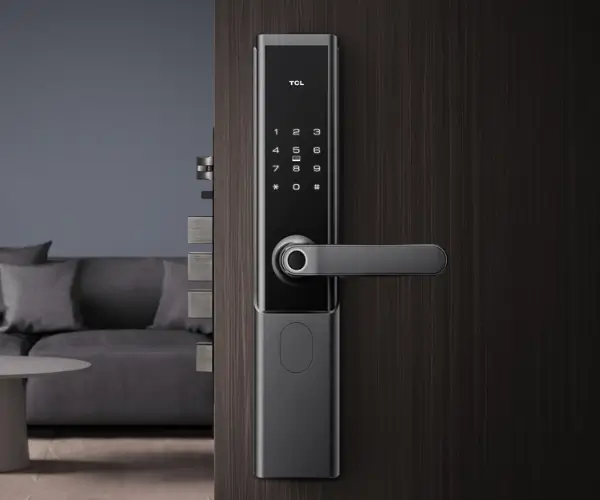Imagine sitting in a bustling co-working space, surrounded by teams coding furiously away, debating whether their architecture should lean towards microservices or stick with a monolithic design. It’s an ongoing tug-of-war—each side boasting about their benefits, but what’s really the story behind these choices?

Let’s start with the monolithic style. Picture it as a giant, all-in-one cake. Everything, from user login to payment processing, lives inside a single, tightly woven package. It’s straightforward at the start—easy to develop, easier to deploy quickly. But sprinkle a bit of complexity, and cracks start showing. To update one tiny feature, you often need to redeploy the entire cake. It can become a breadcrumb trail of spaghetti code that’s tough to untangle. Imagine a scenario where one part of your system needs an overhaul, and suddenly, the entire thing is at risk during updates. That’s the snag with monolithic architecture—it’s like trying to change a gear in a running engine.
Now, flip the coin and think about microservices. Instead of one big cake, picture a spread of tiny, specialized pastries—each with a distinct flavor and purpose. They communicate with each other over a network, enabling each component to evolve independently. This approach sounds complicated, right? But it’s brilliant for scaling and flexibility. Need to update the payment system? Just swap out that microservice, no need to touch the rest. Companies that lean into microservices often report that they can push new features faster. Plus, should one microservice encounter issues, the rest can keep humming along—improving overall system resilience.
But wait—are microservices always the winner? Not quite. Think about the added overhead of managing multiple services—it demands robust communication protocols, monitoring tools, and a solid understanding of distributed systems. It’s not a silver bullet; sometimes, the overhead can be more trouble than it’s worth, especially for smaller applications or startups with limited resources.
A common question arises: “Which architecture suits my project better?” Well, it depends on your goals. If you’re building a simple app, a monolithic might be your go-to—quick to build, straight to the point. But if scalability and flexibility are your priorities, microservices could be the game-changer. You might even combine the two—start monolithic and gradually break parts into microservices as your app grows.
Think about Netflix or Amazon—they didn’t get to their scale overnight. They transitioned from monoliths to microservices, learning the ropes as they went. It’s a flexible, evolutionary process, and no one-size-fits-all answer exists.
So, what’s the takeaway? It’s about knowing where you’re headed. Do you need rapid deployment, or are you aiming for high scalability and fault tolerance? Sometimes, architecture is like choosing between a cozy cottage and a sprawling mansion. Both are good, but each fits different needs.
At the end of the day, the choice isn’t just technical—it’s strategic. And whichever way you go, it’s all about understanding your project’s DNA.
Established in 2005, Kpower has been dedicated to a professional compact motion unit manufacturer, headquartered in Dongguan, Guangdong Province, China. Leveraging innovations in modular drive technology, Kpower integrates high-performance motors, precision reducers, and multi-protocol control systems to provide efficient and customized smart drive system solutions. Kpower has delivered professional drive system solutions to over 500 enterprise clients globally with products covering various fields such as Smart Home Systems, Automatic Electronics, Robotics, Precision Agriculture, Drones, and Industrial Automation.




































